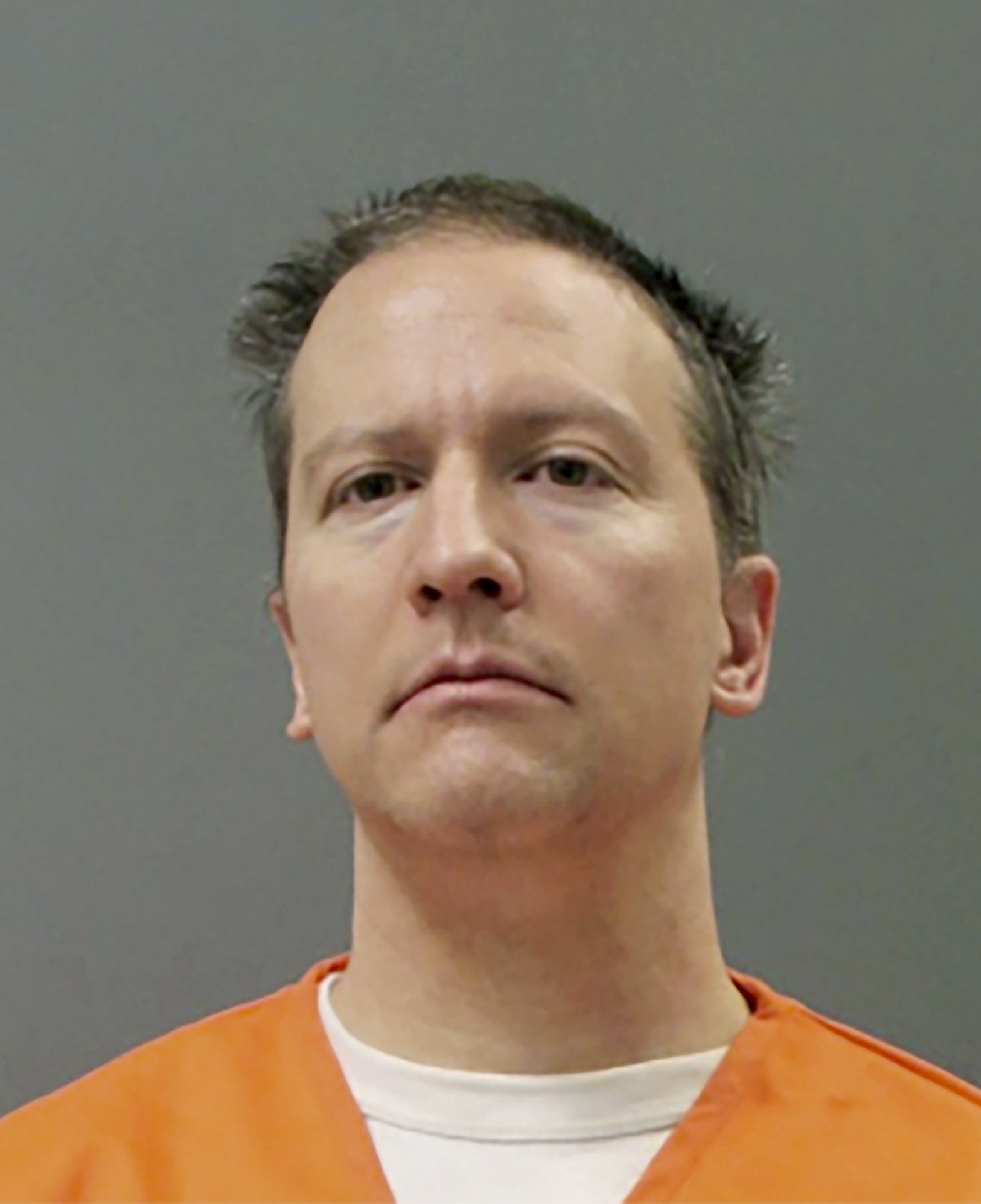Derek Chauvin, the former Minneapolis police officer who was found guilty of killing George Floyd on Tuesday, is spending 23 hours per day in solitary confinement while he resides in prison.
Chauvin has been placed in the state’s only maximum-security facility in Oak Park Heights, an area within St. Paul, after the 45-year-old was found guilty of third-degree murder, second-degree murder, and manslaughter, a spokesperson for the Minnesota Department of Corrections told the Washington Examiner. The disgraced ex-officer was seen on video in late May 2020 kneeling on Floyd’s neck for over nine minutes during an arrest.
Chauvin is spending the vast majority of his time locked in a small cell, which is monitored by cameras, that contains a toilet, shower, mattress, and bench. The area is dubbed the Administrative Control Unit and is often home to prisoners who are being punished. The former officer is being isolated for his own safety, the spokesperson said.
Chauvin, who had been free from confinement after posting bond in October following his initial arrest, was remanded to the custody of the state on Tuesday after Judge Peter Cahill read the verdict and revoked his bail. His sentencing is expected to occur in about eight weeks, and he faces a maximum of 40 years in prison.
Authorities on Wednesday released a booking photo of him as groups across the country celebrated the court’s decision.

Chauvin’s lawyer, Eric Nelson, argued that Floyd died from a combination of factors, including a chronic heart condition and heavy drug use at the time. The prosecution, however, maintained that Floyd died from a lack of oxygen during the nine-minute-plus restraint.
Both sides brought in medical experts that presented different versions of the events.
“In my opinion, Mr. Floyd had a sudden cardiac arrhythmia due to his atherosclerosis and hypertensive heart disease … during his restraint and subdual by the police,” David Fowler, a former top medical examiner for the state of Maryland, said during the trial, adding that the presence of fentanyl and methamphetamine in addition to Floyd’s paraganglioma tumor contributed to his death.
Martin Tobin, a physician specializing in critical care of the lungs who was called by the prosecution initially, posited that Floyd’s prone position in the street and pressure on his neck and back led to a pulseless electrical activity arrhythmia “that caused his heart to stop.”
Floyd, a 46-year-old black man, was arrested on May 25, 2020, by Minneapolis police on suspicion of using a counterfeit bill. He can be seen on bystander video repeatedly saying he can’t breathe while being pinned to the ground before going limp. He was later declared dead at a hospital. Floyd’s death sparked nationwide protests against police brutality.
“Mr. Floyd died from a low level of oxygen,” Tobin said.
“The cause of the low level of oxygen was shallow breathing,” Tobin said. “Small breaths, small, tidal volumes, shallow breaths that weren’t able to carry the air through his lungs down to the essential areas of the lungs that get oxygen into the blood and get rid of the carbon dioxide.”
Use-of-force experts also gave conflicting accounts over whether Chauvin’s restraint tactics were in line with law enforcement standards.
The Minnesota Department of Corrections did not immediately respond to a request for comment from the Washington Examiner.
